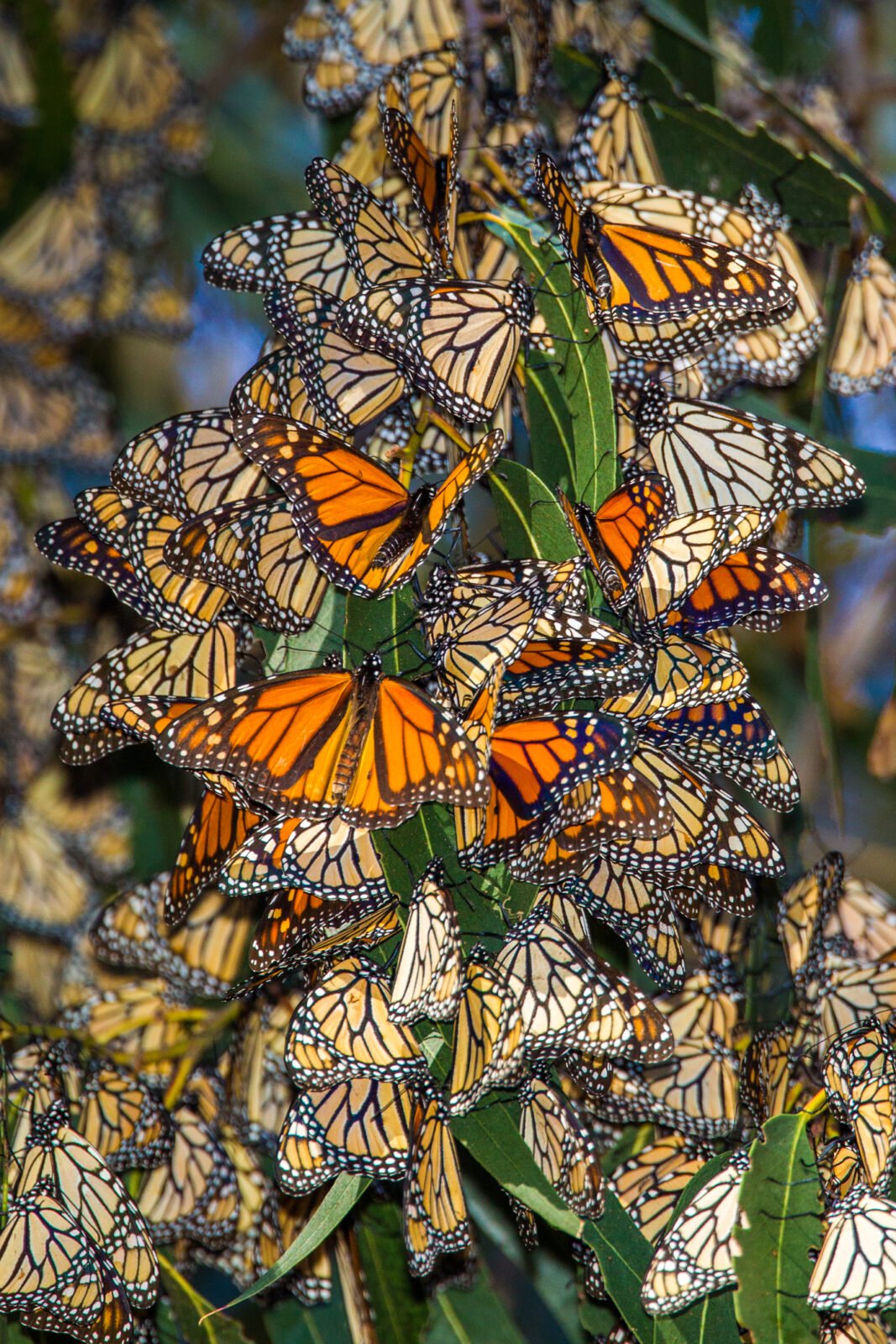
Native News Recap: 2022
Here’s a native news recap looking back at some of the biggest native plant news stories of the...
More and more, we are moving away from great swathes of water-hogging and pesticide laden lawns to more sustainable native landscapes. America’s love affair with the green expanses of lawn started with an effort to copy their European ancestors. Europeans planted their agricultural fields around their estates with turf that had to be cut by hand and was labor intensive. This was a way to show off that they had plenty of property and didn’t have to plant it into crops. The colonials brought that idea to America and today lawns cover more than 63,000 square miles- almost the size of Texas! Turfgrass is mostly made up of non-native grass species and requires a huge amount of water, pesticides, fertilizer, labor, and fuel. There are areas where lawns are useful, like in playing fields, but lawns are way over-planted.
The bio-diversity of a lawn is extremely low compared to meadows and other garden plantings, and they cost billions of dollars each year to maintain and they contribute to water pollution. More and more botanic gardens such as Longwood Gardens and the new Delaware Botanic Gardens are establishing flourishing beautiful expanses of meadow.

The decline of the Monarch butterfly has been attributed to the massive transformation of land to crops with herbicides killing field margins where weeds such as Milkweed and Joe Pye used to grow. We as homeowners need to fill this gap with more pollinator plants.

Change in Attitudes The aesthetic of a lawn appeals to many people because they are familiar with it, but this attitude can be changed over time. More and more, I am seeing lawns disappearing and being replaced with perennial grass alternatives like Carex or Sedges and even more radical with meadow plants, like goldenrods and other native wildflowers. I have even seen graveyard turf in England being replaced with meadow grasses around the gravestones.
But how to get rid of lawns? I suggest gradually turning your property into alternative plantings. Don’t expect it to be done overnight and be cognizant of your neighbors and Home Owners Associations (HOA). Get permission and if that is not forthcoming, then try to educate others about the alternatives. I am a beekeeper and wanted to make a meadow around my beehives to increase bee foraging opportunities so I created a meadow around my beehives.


To see how I created this meadow and other strategies in creating bee habitat, go to Plant These For the Bees. Carex and Sedges One alternative to consider are Carex species (Sedges) to replace turfgrass. Carex pennsylvanica, commonly called Pensylvania Sedge, is a shade-loving perennial sedge that is native to dry woodland in Eastern North America.
Semi-evergreen in cold winter areas, this makes a great lawn substitute for dry shady areas, where you might have had trouble growing regular turfgrass. Never needing to be mown, it grows about a foot high, spreading by rhizomes to cover large areas. Thyme Lawn for Sunny Areas Creeping or spreading thymes are alternatives that should work in a sunny location with good drainage. I just removed an area of 500 square feet of turf by tilling and raking out and then planting with 1100 thyme plugs (tiny plants). Irrigated with a drip hose until the plants take root, thyme can form a thick mat of creeping foliage that blooms tiny flowers in the spring.



Thyme is not native to North America, but works quite well here in the right conditions. There are hundreds of varieties of thyme, but I stick with the low creeping ones. Natural Look Requires Work – Meadows What makes a meadow? An open habitat or field covered by vegetation, usually grasses and other non-woody plants, provide areas for nesting, food gathering, pollinating insects, and shelter for small animals. Many people wish to replace their lawn with a meadow but don’t know enough about how to do it. First remove the turfgrass by tilling or killing it with black plastic or newspaper covered with mulch or soil. You can then plant with selected native and non-native plants that do well in your location to form a dense covering of perennials that will crowd out weeds. Try using at least 80-85% native plants in your mix. Alternatively, you can use a good wildflower mix and spread the seeds after preparing your ground by raking it out, sprinkling, and raking the seeds into the soil.



Firm the soil with a tool to make sure you have good contact and keep moist until the seeds sprout and get established. Don’t think you can sprinkle seeds from a can directly onto the ground and expect the meadow that is pictured on the wildflower canister to magically appear! There is work involved to establish a meadow that looks picture perfect. Remember, all perennial turfgrass must be eliminated by tilling or newspaper/plastic method first. Maintenance is still required to weed out undesirables that pop, up which will happen less frequently as the plants knit together to form a weed killing mat. And your meadow will need to be mown down in early spring. Here is a great list from Longwood Gardens of meadow wildflowers that they recommend. For more information on lawn alternatives, The Maryland Extension Service has a great article on Ways to Reduce Your Lawn.

Here’s a native news recap looking back at some of the biggest native plant news stories of the...
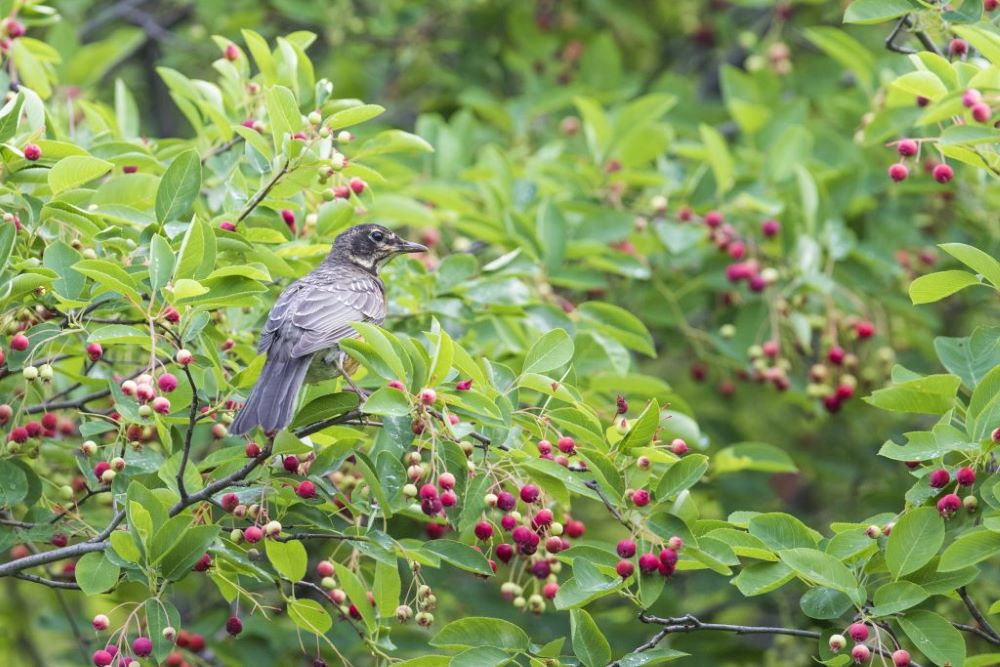
In the past we have emphasized the importance of keystone species in supporting bird populations,...
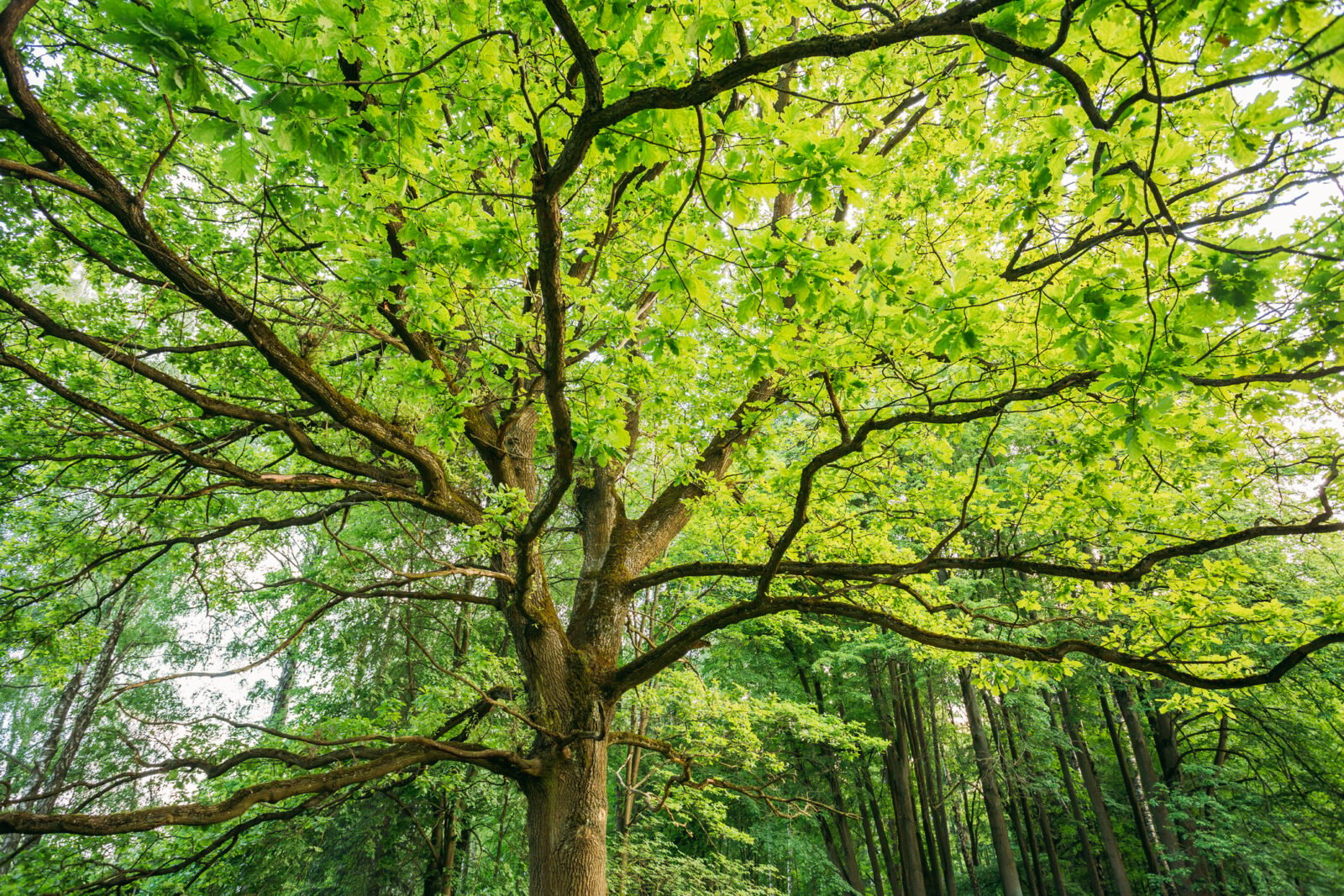
Perennials are the stars of most gardens, and no wonder! They provide a variety of shapes and col...
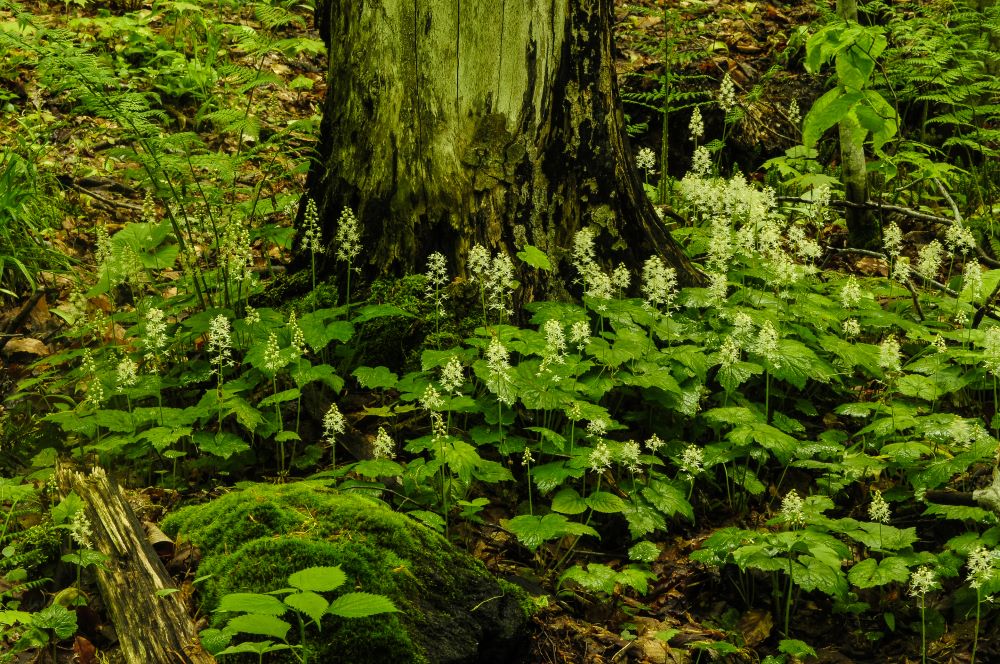
These native ground covers for shade make a perfect living mulch by holding in moisture, keeping ...
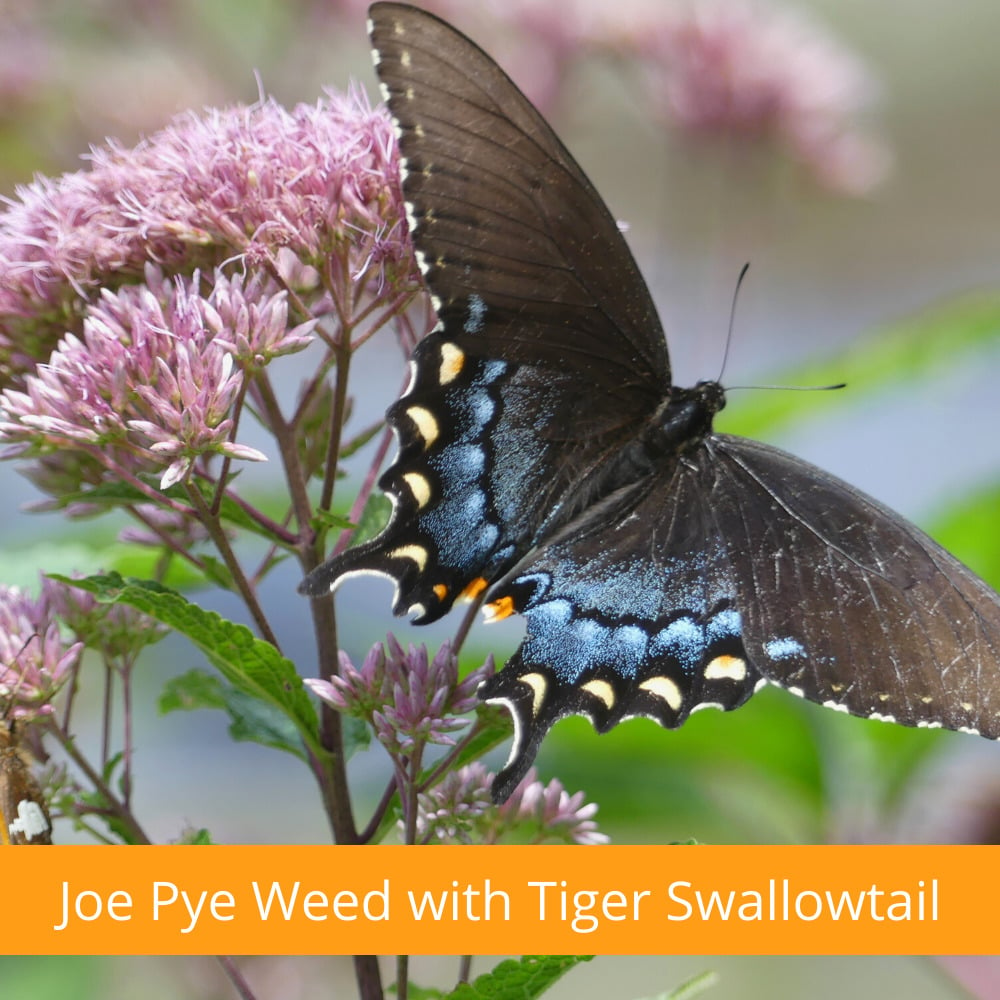
Gardening is ‘In’! Over the past two years gardening has suddenly become very popular with pe...
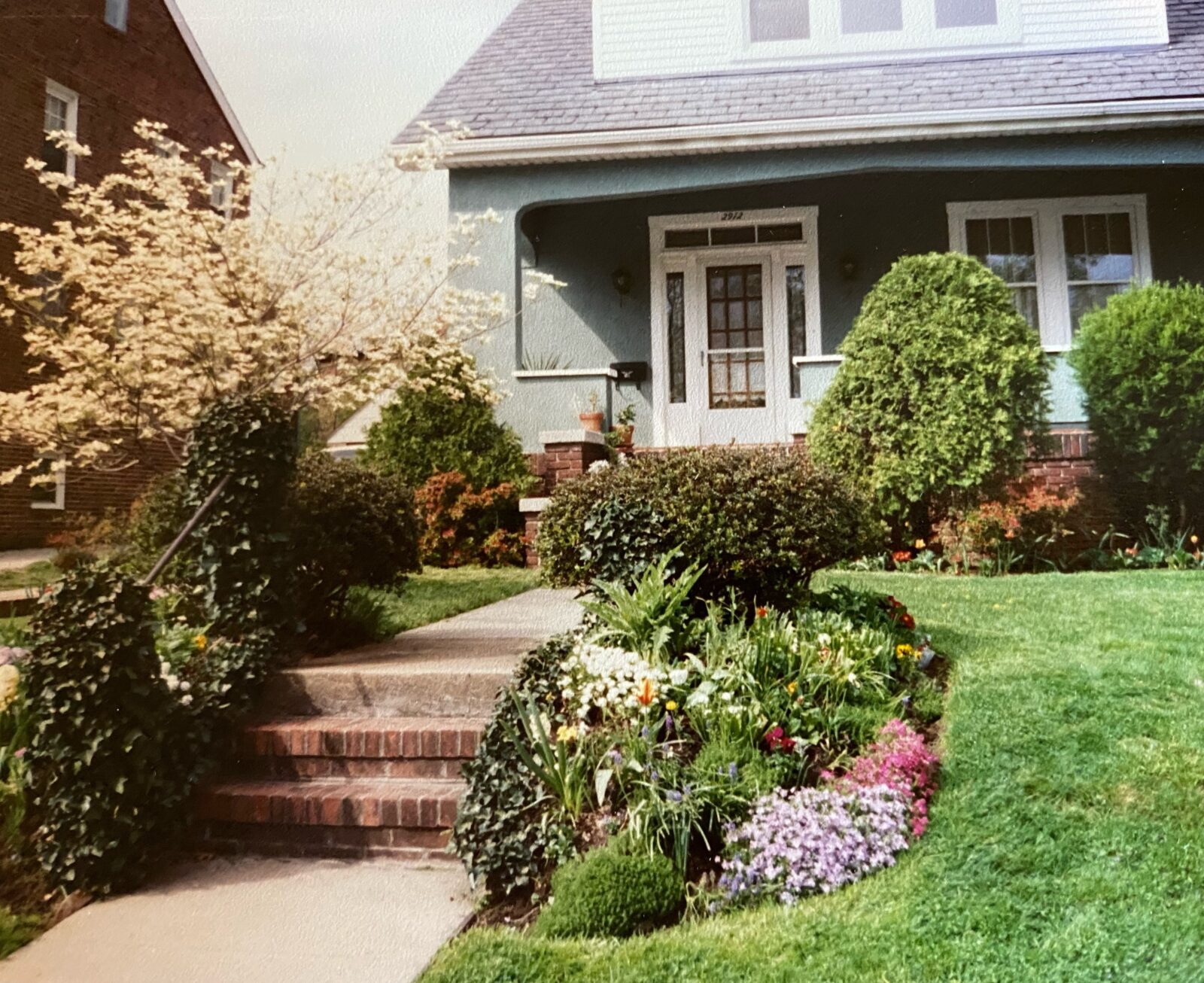
Mothers give us so much, but sometimes it takes a while for us to appreciate the gifts that we ca...
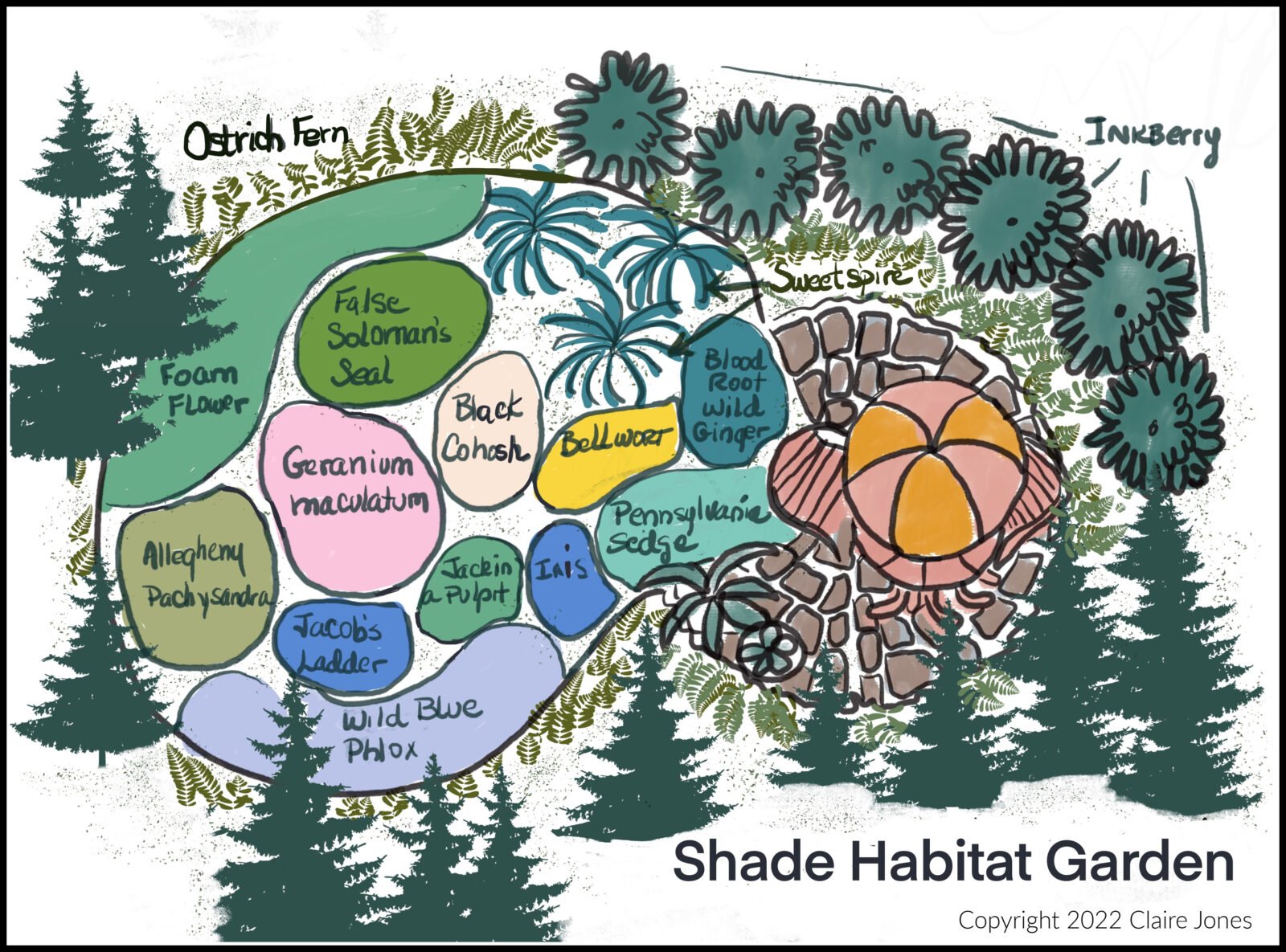
This is the second part of my Habitat Heroes Design series. The first part was a sunny garden of ...
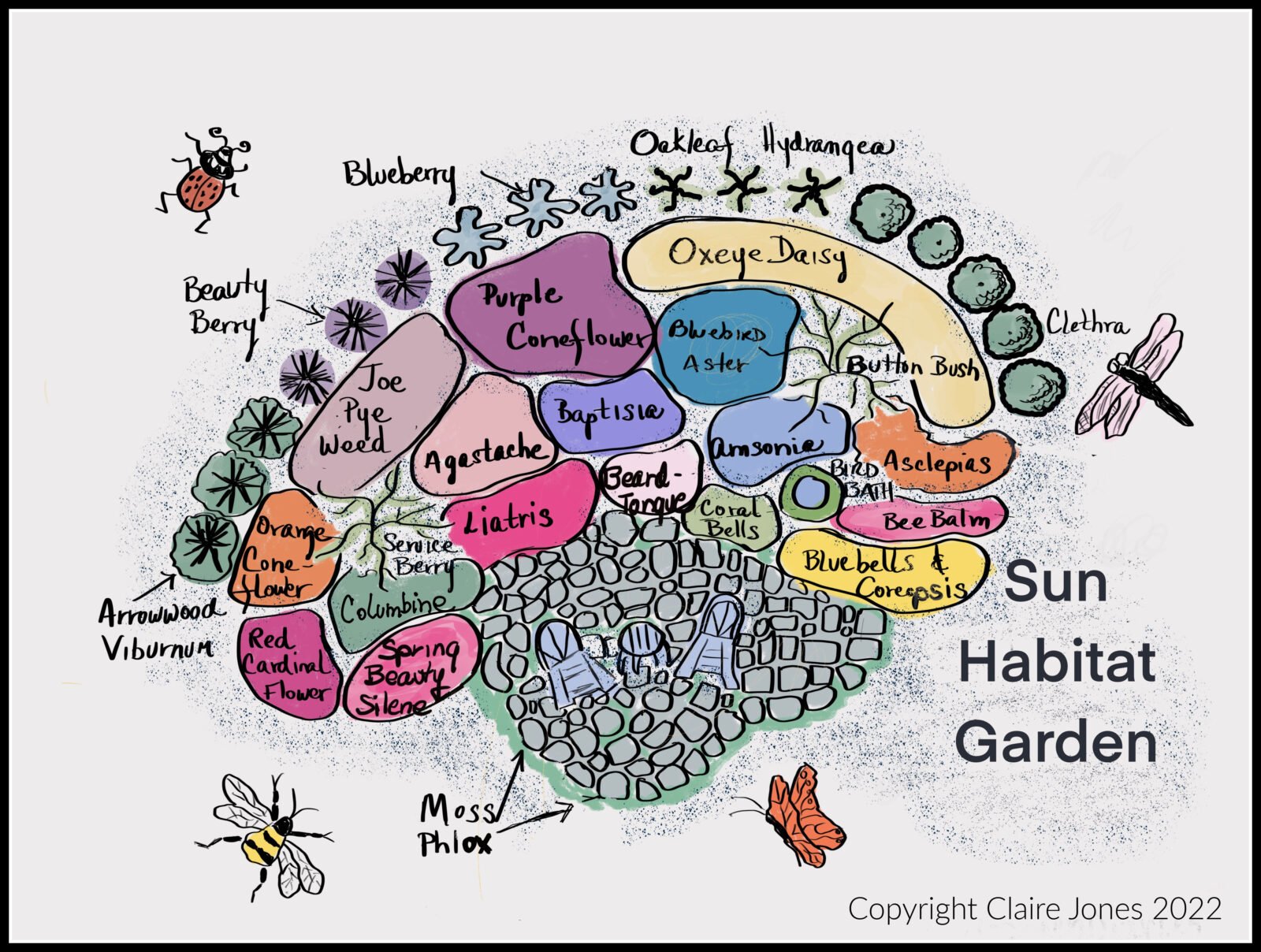
This blog post will cover how to design and install a Sunny “Habitat Hero Garden” with native...
Now Shipping for Spring 2024!